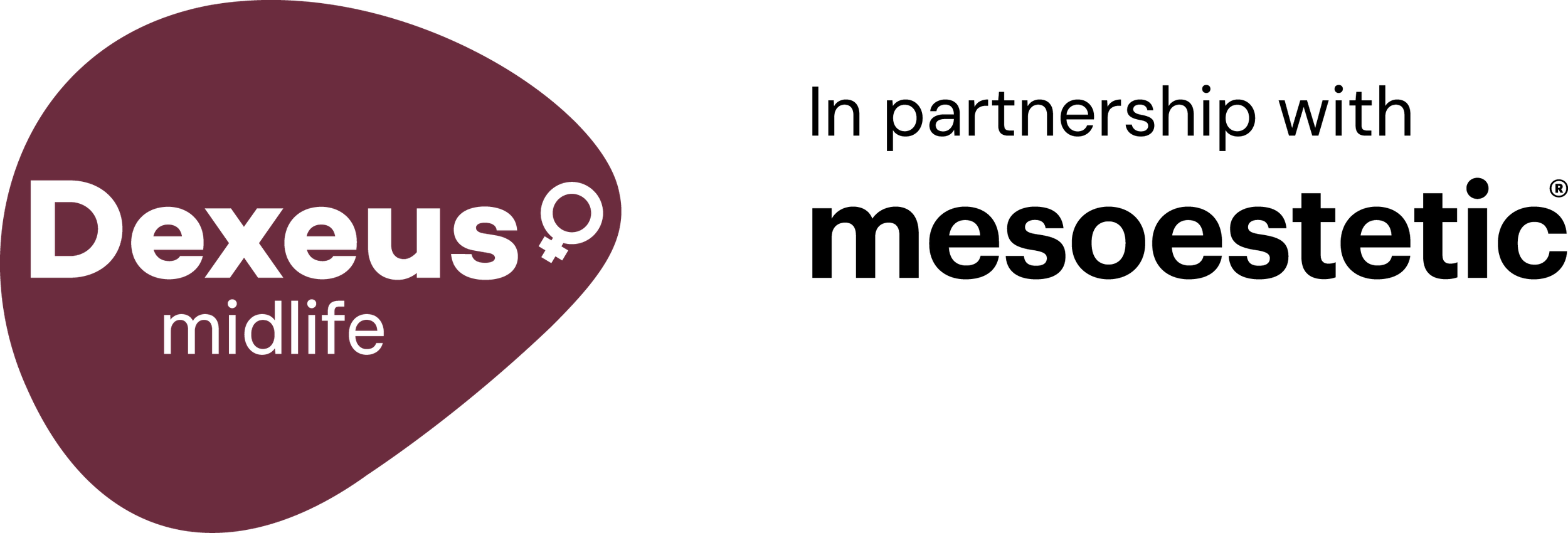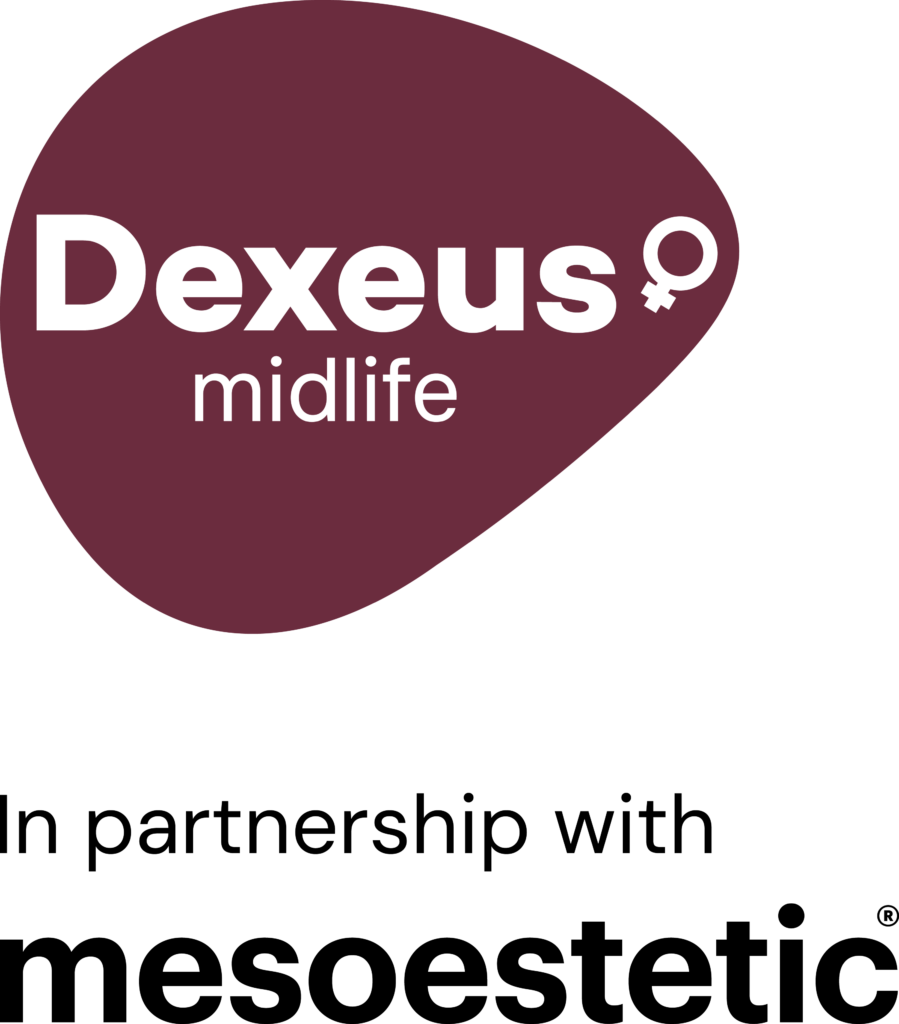Over the years, our bones lose density and become more fragile. It’s something that tends to go unnoticed, because you cannot see or feel it, at least not in an obvious way. But it is important to get a check-up because it increases the risk of fractures. It is also a process that accelerates in menopause due to hormonal changes.
This disease is characterised by a decrease in bone mineral density, which causes greater bone fragility and a greater propensity to suffer fractures if we carry very heavy loads or suffer an injury. Unfortunately, it is usually diagnosed when the first fracture occurs, especially in wrists, hips, or the spine, in which case it is already too late to establish a set of guidelines that help prevent it.
Therefore, experts recommend starting to take care of the health of our bones before we even reach 50, even if the results of densitometry, a test that measures bone mineral density (BMD), are normal, as it has been proven that women with correct values have fractures that show more fragility.
Preventive strategies
In general, with a healthy lifestyle and getting some check-ups regularly to assess whether you have a calcium or vitamin D deficiency or other health problems, you can keep your bone health in good condition. However, you can consult a menopause specialist so that they can assess it and monitor it. At Dexeus Mujer, we recommend that you undergo a densitometry test from 50 years of age, and repeat it periodically based on the results and each case.
Nutrition
The intake of calories and nutrients such as calcium and vitamin D are necessary for maintaining bone density. There are essential minerals such as magnesium, phosphorus, vitamin K and D. The intake of proteins is fundamental, particularly important in people who have already had a fracture due to osteoporosis or who have a decrease in muscle mass.
Avoiding tobacco
Smokers, especially women, have a lower bone mineral density and a higher rate of bone loss than non-smokers. The damage caused by tobacco to the bone is dose-dependent, but it is also reversible when you stop consuming it.
Avoiding or minimising alcohol intake
Drinking three or more drinks with alcohol a day is associated with a decrease in bone density and an increased risk of fracture.
Exercise
It is recommended to exercise at least 30 minutes a day, 3-5 times a week: one of the best is walking or physical exercises that do not have a very high impact. Aerobic exercises such as those of loading and counter-resistance have been shown to be useful in improving bone mass. Similarly, all exercises that improve coordination and postural control, and those that strengthen the muscles and flexibility of the limbs, are useful for reducing the risk of falls and, therefore, fractures, such as Tai Chi, dance and jogging. In addition, being in good physical shape allows for better agility and greater response to unexpected accidents (falls).
Preventing falls
Avoid slippery floors, rugs, loose electrical cables or small objects on the floor, walking in dimly lit areas, both at home and outside, and correct visual deficits. Preferably use a shower tray and place bars to hold in the shower. Improve balance with the use of canes or walkers.
FAQs
Are there factors that increase the risk?
Yes, women of a thin constitution with a low BMI (<19 kg/m2) have a lower bone mineral density (BMD). And it has been demonstrated that tobacco use also reduces BMD and contributes to vertebral and hip fractures. Similarly, alcohol abuse (3 or more drinks per day) causes alterations in bone mineral metabolism of calcium, phosphorus, magnesium and vitamin D.
To boost bone health, it is advisable to include calcium-rich foods in your diet. What is the recommended amount?
In general, an adult woman should take about 1000 mg calcium a day. From 50 years of age and with the onset of menopause, the recommended intake of calcium should be increased. A glass of milk or yogurt provides 240 mg. Fresh cheese, enriched yogurts (they sell them specifically to increase calcium intake) and other foods rich in calcium, such as almonds (254 mg / 100 g), green leafy vegetables, chickpeas and sardines, can also be taken.
In which cases is vitamin D necessary?
This vitamin is essential, as it helps calcium to be stored in the bones. t is a vitamin that we cannot synthesise, but it is not always necessary to take supplements. In general, it is estimated that exposing the face and arms to the sun for 20 minutes every day is sufficient to produce the daily amount of vitamin D. Supplements should always be taken under medical prescription. As for the daily doses of vitamin D recommended in postmenopausal women, these would be 800 to 1000 IU.
In cases of early menopause, is the risk greater?
Yes, the earlier menopause appears, the greater the risk, since when hormonal deprivation occurs early, the impact on bone mineral density is more intense.

